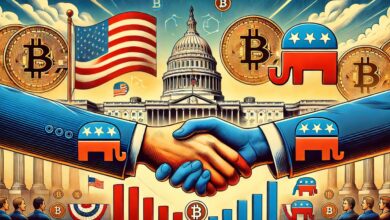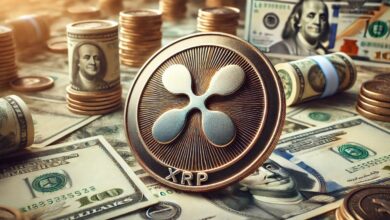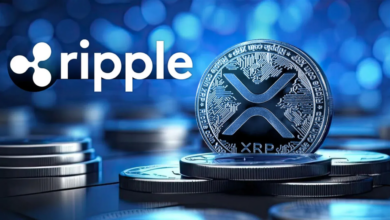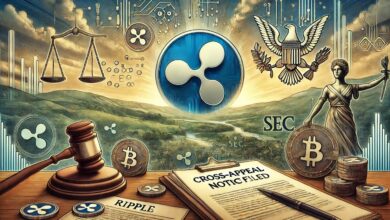Ripple vs. SEC: XRP Won Round 1, But The Road Ahead Remains Fraught
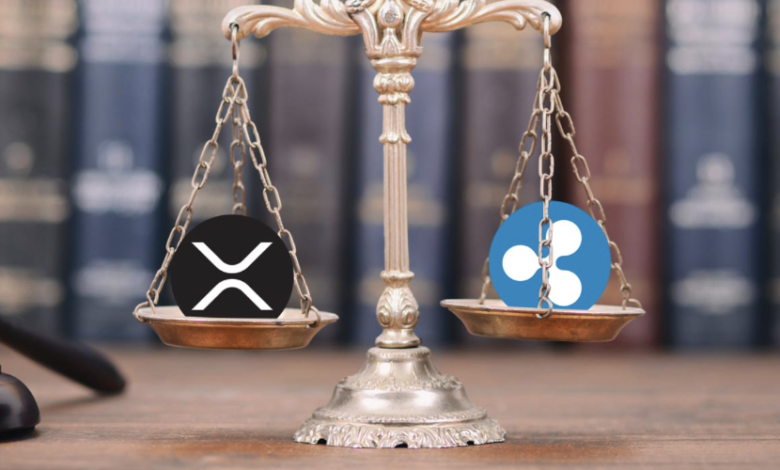
As the crypto sector celebrated the recent Ripple win against the SEC, few commented on the court’s finding that XRP sales to institutional investors did breach securities laws. Here, we examine where to next for this precedent-setting case.
XRP, the native asset tied to the Ripple ecosystem, is up 13.3% in the last 90 days. This price performance is particularly impressive because crypto’s benchmark assets, Bitcoin (BTC) and Ethereum (ETH), are down ~3.2% and 9.1% respectively over the same period.
The key to this price push was a major win for Ripple Labs, the issuer of XRP, in its ongoing legal case against the USA’s Securities and Exchange Commission (SEC).
The Ripple Story: From Founding to Present Leadership
Ripple is a payment company, with an attached network token that aims to compete with the cross-border banking payment protocol SWIFT. It was created in November 2012 by three founders; Arthur Britto, Chris Larsen, and Jed McCaleb, in collaboration with Ryan Fugger who began working on a payments protocol in 2004 called RipplePay.
Since 2015, Brad Garlinghouse has served as the Ripple Labs CEO, with David Schwartz serving as CTO since July 2018. Schwartz joined Ripple Labs in 2011 as chief cryptographer. The majority of the original team is no longer tied to the project.
Initially, 100 billion XRP were minted by the founders, with 80% of that supply held by the currently branded Ripple Labs, which was known at the time as “Ripple.” The XRP token would be a way to expand the ecosystem and allow users to more seamlessly interact with Ripple products.
The Lingering Question: Is XRP an Unregistered Security?
The elephant in the room for Ripple Labs continues to be whether or not the XRP token represents an unregistered security. When XRP was initially created, escrows managed by Ripple, owned a majority of tokens and controlled the majority flow. Many observers have said XRP was sold as an investment tied to the growth of Ripple and was controlled by a centralized operator. If this is proven true, then XRP would constitute an unregistered security.
Ripple argues that the payment network XRP is deployed on is decentralized, the token does not represent shares of Ripple, and the network would continue to exist if Ripple Labs did not.
Ripple Labs offers a suite of tools for enterprise and banking solutions, collectively known as RippleNet, including; xCurrent, xRapid, and xVia. xCurrent processes global bank-to-bank payments for customers and is analogous to SWIFT. xRapid, which went live in October 2018, sources on-demand liquidity through buying and selling XRP. xVia can be used to send unidirectional payments.
These services were then packaged into RippleNet. All banks that used xCurrent were on-boarded into the new RippleNet.
XRP functions as the native transaction token of the XRP Ledger. The XRP ledger functions like many other blockchains we are familiar with. It operates as a ledger of transactions, distributed across several unconnected, but incentive-aligned nodes that verify transactions. The XRP ledger has capabilities like instant cross-chain and fiat-to-crypto transactions that Ripple Labs uses. It is, however, a permissionless network that is open for anyone to transact and build with.

